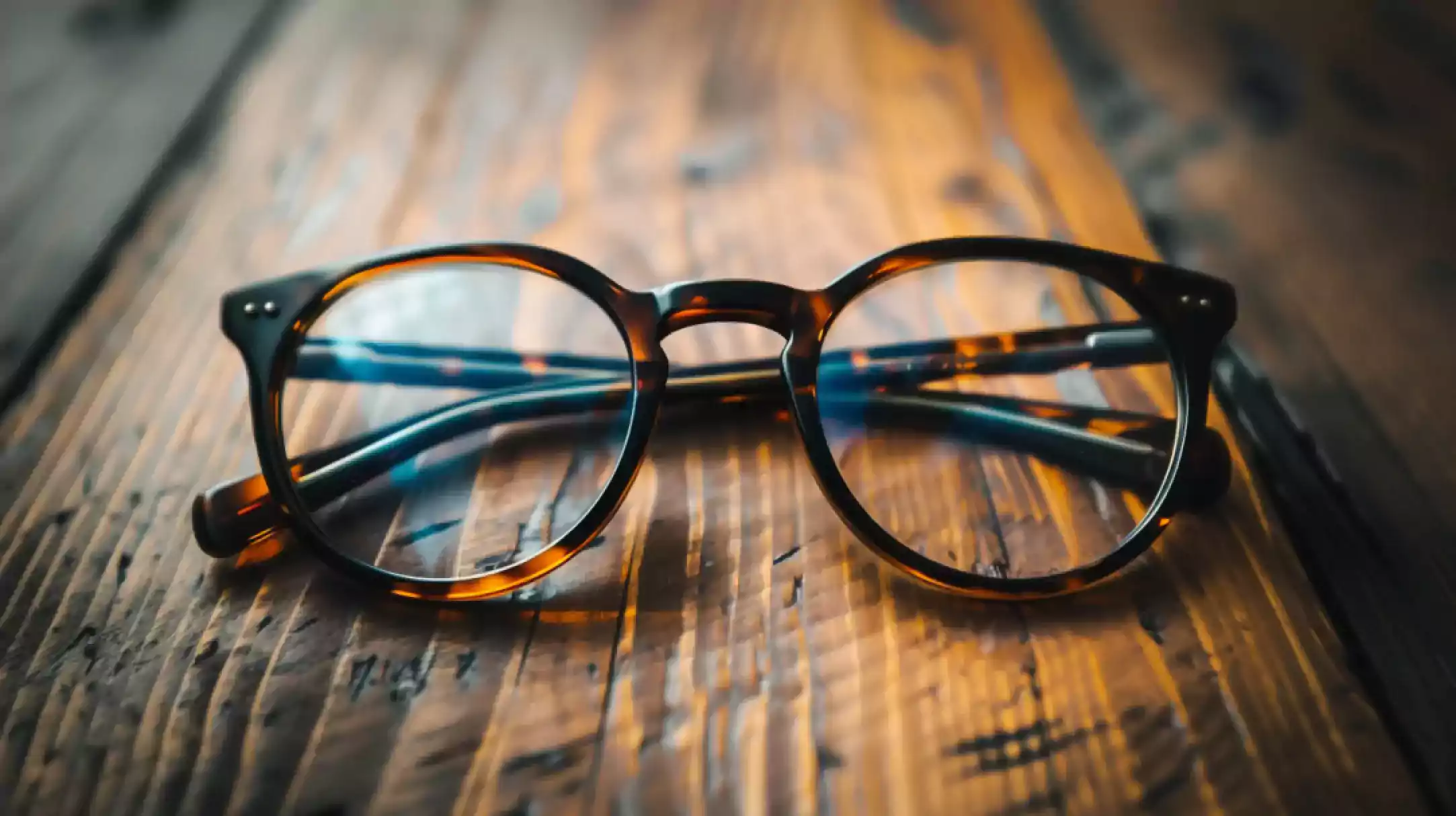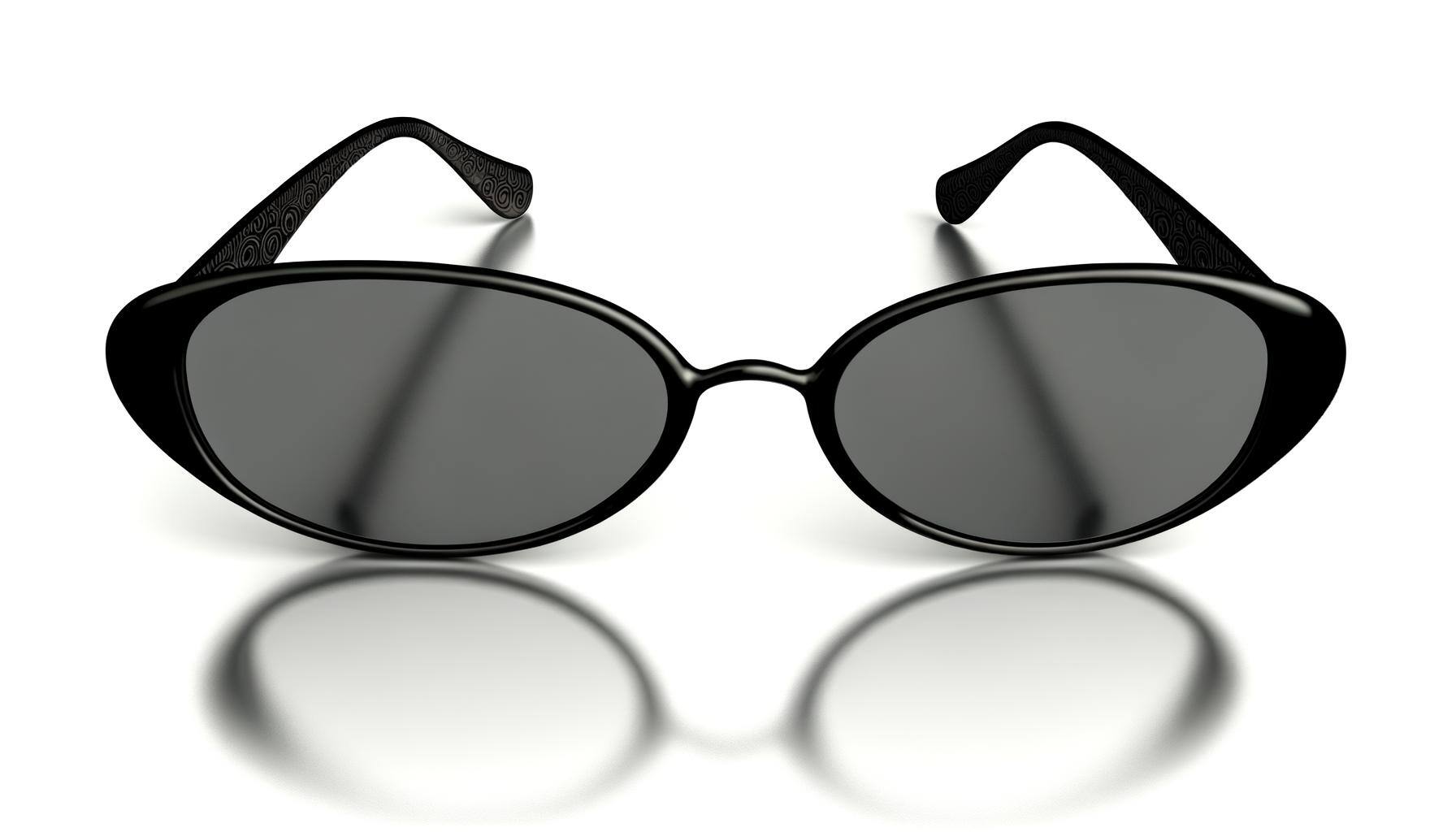Safety glasses are critical for protecting our eyes at work. Understanding and complying with international standards is essential for ensuring that eyewear meets rigorous safety and performance criteria. While standards like ANSI/ISEA Z87.1 play a significant role globally in testing safety glasses, regulations and compliance requirements can vary widely from one region to another.
This blog focuses on European standards, offering a detailed exploration of regulations such as EN 166 (which will eventually transition to EN ISO 16321-1), EN 167, EN 168 and EN 172.
EN 166 – Personal Eye Protection
EN 166 establishes the core requirements for safety eyewear, ensuring protection against various workplace hazards. This standard includes mandatory optical tests to assess the clarity and durability of eyewear.
Key Assessments:
- Field of Vision: Ensures the eyewear does not impede the wearer’s view.
- Optical Transmission and Diffusion Tests: Evaluate the clearness of the lenses and their ability to transmit light without altering or obstructing vision.
- Resistance to Ignition, UV, and Corrosion: Assesses the eyewear’s durability under extreme conditions like high temperatures and corrosive environments.
The standard also covers non-optical tests, crucial for assessing physical robustness and long-term usability:
- Robustness Tests: Includes a static load test where a weight is placed on the eyewear, checking for any damage like cracks or significant deformations.
- High-Temperature and Corrosion Resistance: Evaluates the eyewear's performance and structural integrity when exposed to elevated temperatures and corrosive substances.
EN 166 is crucial as it sets the groundwork for more specific standards like EN 170, which focuses on UV protection and details the maximum allowable light transmission in the UV spectrum based on different conditions.
For a more comprehensive understanding of EN 166 and its implications for safety eyewear, you can explore the detailed standards and requirements here.
Supplementary Standards: EN 167 and EN 168
To further enhance the safety and functionality outlined in EN 166, the standards EN 167 and EN 168 serve as supplementary guidelines.
EN 167: OPTICAL TEST METHODS
EN 167 outlines the standards for testing the optical properties of safety eyewear to ensure they provide clear and accurate vision without distorting the wearer's sight.
Key Assessments:
-
Field of Vision: This test checks that the eyewear design does not obstruct the wearer’s peripheral or direct line of sight. Ensuring an unobstructed field of vision is crucial for safety, especially in environments where spatial awareness is key to preventing accidents.
-
Light Transmission and Diffusion: The purpose of these tests is to verify that lenses allow sufficient light to reach the eyes without causing light diffusion or distortion, which could impede visibility. Proper light transmission ensures that the eyewear provides clear visibility, which is essential for both indoor and outdoor use.
-
Refractive Properties: This assessment focuses on detecting any optical aberrations in the lenses. It's important that the lenses do not alter the path of light in a way that could lead to visual distortion. This ensures that wearers can rely on their eyewear for accurate vision during precision tasks.
-
Resistance to UV Exposure: Evaluating how lenses handle UV exposure ensures they maintain consistent optical quality in different environments, a key aspect of the durability and safety standards specified in EN 166.
-
Surface Quality: This test identifies any surface imperfections that could impair vision, such as scratches or other defects. It's particularly critical that the central areas of the lenses are free from significant defects, though minor imperfections near the frame edges are permissible.
EN 168: NON-OPTICAL TEST METHODS
EN 168 outlines the non-optical test methods for evaluating the physical properties of PPE eyewear. This standard is essential for ensuring that safety glasses and goggles can withstand the rigours of various workplace environments, providing reliable protection against physical hazards.
Key Assessments:
-
Mechanical Strength Tests:
-
Impact Resistance: This test assesses the eyewear's ability to withstand impacts from high-speed particles. It involves projecting steel balls at specified speeds to determine if the lens can resist shattering or deformation. This is critical for protecting the eyes from flying debris or accidental impacts in industrial settings.
-
Resistance to Droplets and Splashes: This test ensures that the eyewear can protect against liquid splashes, such as chemicals or biological fluids. It is particularly important in laboratories, medical environments, and chemical industries where such hazards are common.
-
-
Resistance to Ignition: This test evaluates the eyewear’s ability to resist ignition when exposed to small flames. It ensures that the materials used do not easily catch fire or sustain burning, which is crucial for environments with fire hazards or high temperatures.
-
Field of Vision: This test assesses whether the eyewear provides an adequate field of vision without obstruction. Ensuring a wide and clear field of view is essential for the wearer's situational awareness and ability to perform tasks safely and efficiently.
-
Lateral Protection: This involves testing the side protection of the eyewear to ensure that it shields the eyes from lateral impacts or splashes. This is important for comprehensive eye protection, as hazards can come from various directions.
-
Resistance to Ageing: This test examines how the eyewear withstands prolonged exposure to environmental factors such as UV radiation, temperature fluctuations, and humidity. It ensures that the materials maintain their protective properties over time, providing long-term safety for the wearer.
-
Lens Coating Durability: This test evaluates the durability of any coatings applied to the lenses, such as anti-scratch or anti-fog treatments. It ensures that these coatings do not degrade quickly with use, maintaining the eyewear's functionality and clarity.
How is EN 166 Eyewear Marked?
Eyewear that conforms to EN 166 standards is distinctly marked to indicate compliance with the safety and quality specifications set by this European standard. These markings are crucial as they inform users about the protection level and capabilities of the eyewear. Here's how EN 166 eyewear is typically marked:
-
Manufacturer's Mark: This is usually the first element in the marking sequence and identifies the manufacturer or distributor of the eyewear.
-
EN 166: The actual mention of 'EN 166' on the eyewear signifies that the product meets the basic requirements of this standard.
-
Protection Strength Symbol: Following the standard reference, symbols or numbers indicate the level of protection offered. These might include:
-
S (increased robustness),
-
F (low energy impact),
-
B (medium energy impact),
-
A (high energy impact),
-
T (protection at extreme temperatures).
-
-
Optical Class: A number indicating the optical class of the lens (e.g., 1, 2, or 3) tells about the visual clarity of the lens, where Class 1 provides the highest level of optical clarity suitable for continuous wear.
-
Additional Codes: Depending on specific additional features, other codes may be present:
-
K (resistance to surface damage by fine particles),
-
N (resistance to fogging),
-
UV protection level (like 2-1.2, 2C-1.2 indicating the UV protection and visible light transmission).
-
Ensure Compliance and Quality with PEL's Eyewear Testing Services
Navigating the complex landscape of EU eyewear standards can be challenging, but partnering with Precision Eyewear Laboratory (PEL) simplifies this process significantly. By ensuring your products meet all relevant harmonised standards like EN 166, PEL helps streamline your access to the European market. With PEL’s comprehensive testing services, you can confidently meet the EU’s safety and performance criteria, ensuring a hassle-free entry at a reasonable cost. This partnership ensures compliance and enhances the quality and safety of your eyewear, offering peace of mind and a competitive edge in the global market.





.jpg)



